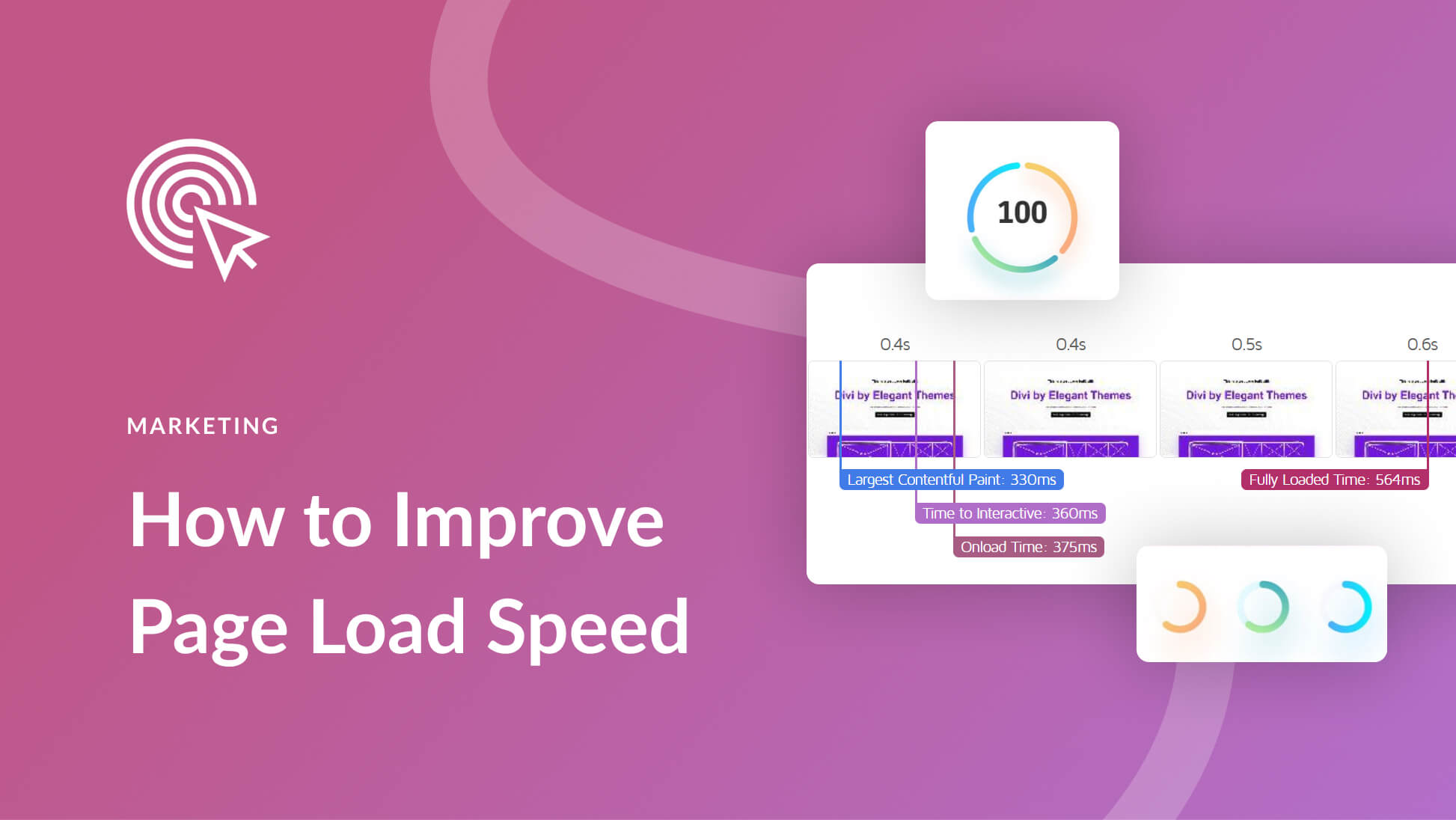Do you have a business that serves customers in a specific location? If so, geofencing marketing can help you target the right audience. Geofencing helps marketers draw borders around the locations that see their paid ads online. It serves to attract customers to a brick-and-mortar location to do business.
Drawing boundaries around your marketing reach can help your business draw in the right people. As a result, it helps you avoid ad spend on those who are unlikely to shop with you or purchase your services. Let’s look at what geofencing marketing is, how it works, and how to get started using it for your business.
What is Geofencing Marketing?
Geofencing marketing allows businesses to target potential customers based on their geographic location. It can pinpoint customers who visit a specific brick-and-mortar location, such as a retail store or restaurant.
You’ll sometimes hear the term geofencing marketing go hand-in-hand with hyperlocal marketing. That’s because geofencing allows you to fence in the specific target area you want to market to. In the process, you avoid showing your ads to people who aren’t likely to travel to your area to shop with your business or hire out your services.
The best candidates for geofencing marketing are physical locations. These include retail stores, restaurants, and service providers. Doctors, lawyers, counselors, mechanics, plumbers, and local politicians are also good examples. Geofencing works well for businesses seeking customers in and around their hometown.
How Does Geofencing Marketing Work?
Geofencing marketing is based on users’ smartphone location data. To use geofencing marketing in your business, you’ll purchase online ads based on your target customers’ location.
This can mean that your ads are only shown to users who in a specific physical location. That could even be as mean targeting customers who walk inside your retail store. Your geofence can be just large enough to cover your location. It can also be spread out to capture potential customers who live within a short drive of your shop.
Alternatively, geofencing ads can be based on a specific location radius. Then, the ad is shown only to people who live within a specific distance of your business.
In order to be effective, geofencing gathers location data from a number of sources, such as Bluetooth, GPS, WiFi, and radio-frequency identification (RFID). Geofencing marketing can be set up several different ways. Users can be targeted based on their location through:
- Store-specific apps
- Social media apps (Instagram, Facebook, etc.)
- Push notifications
- Websites (mobile and desktop)
Marketers can build a geofence using Instagram and Facebook ads, as well as Google Adwords. Geofencing can be applied to remarketing ads, search engine ads, paid video ads, and even the ads some customers see on physical displays.
Campaigns that leverage geofencing can be highly effective. They’re meant to reduce ad spend and boost your ROI.
How Geofencing Marketing Benefits Local Businesses
Geofencing marketing benefits local businesses by targeting only the people in your audience that you want to serve or sell to. It also prevents your ad spend from going toward people outside your area, or people who aren’t likely to do business with you.
Using a store-specific geofence can also incentivize shoppers to return to your place of business over and over. Retail shoppers, for example, may receive discount codes or special offers via push notification when they visit your store. Users can be targeted based on their purchases or specific needs, depending on how much data you gather when they shop with you.
Your geofence can help you focus your ad spend only on the people who come to you or the people you want to attract to your location in the future. For example, you may not see a great ROI from advertising to shoppers who live two hours away from your location. In that case, you’d want to experiment with creating a geofence around shoppers who live within a half-hour drive or less–even down to five minutes.
Geofencing is one facet of personalized marketing that’s both specific and effective for businesses and customers alike. In fact, the more specific you make your geofence, the more likely you are to attract the right people.
In addition to boosting your ROI, you won’t have to spend additional money on building a geofence for your ads. Geofencing doesn’t cost anything extra when you apply it through Facebook, Instagram, or Google Adwords.
Should You Use Geofencing Marketing for Your Business?
If your business mainly serves customers or clients in a specific physical location, city, or regional area, geofencing marketing could be right for you. Here are a few examples of how a geofence can be leveraged:
- Event venues can target attendees who visit their facility for concerts or performances, offering them special offers and discounts when they return
- Doctors, therapists, counselors, and other healthcare professionals can set up a geofence to attract new patients who live near to their practices
- A brick-and-mortar store can build a geofence for either customers who step inside the store, or potential shoppers who live within minutes of the location
- Any local business that relies on in-person transactions, such as a car dealership, furniture store, etc.
How to Set Up Geofencing Marketing
When you set up online ads via Google AdWords or social media, you’ll have the opportunity to define your target location. You can choose the scope of your chosen locations from the country where you’re located, down to a very specific, customized radius.
To set up your geofence on Instagram, for example:
- Start by choosing the post you want to promote, then click the Promote button
- After you’ve selected your call to action, you’ll come to a screen that says Define Your Audience
- Click Create Your Own, then name your audience and select Locations
- You’ll be able to choose between regional and local audience targeting, so select the most appropriate choice
- Instagram will then show you a Google Map feed of your current location, where you can toggle the target radius down to as small as one mile
Wrapping Up
Geofencing marketing is an effective way for businesses to attract target customers in or near their physical location. A geofence is a simple way to filter out customers who may not go out of their way to come to you. Instead, geofencing targets your resources and ad spend on people within your orbit.
Are you planning to use geofencing as part of your marketing strategy? Have you used it before? Drop us a comment below and let us know.
Featured image via Viktoria Kurpas / shutterstock.com









Leave A Reply